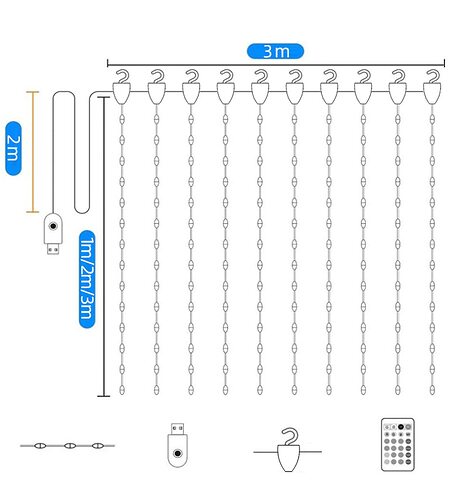…and returning to the subject of large-scale nets, I saw this on AliExpress:
though I haven’t tried one yet. It’s not clear from the photos whether the vertical strands have sequential or parallel data paths, but even if they’re parallel that could be fixed by cutting the data wire at the top and jumpering across the bottom of alternating strands.
